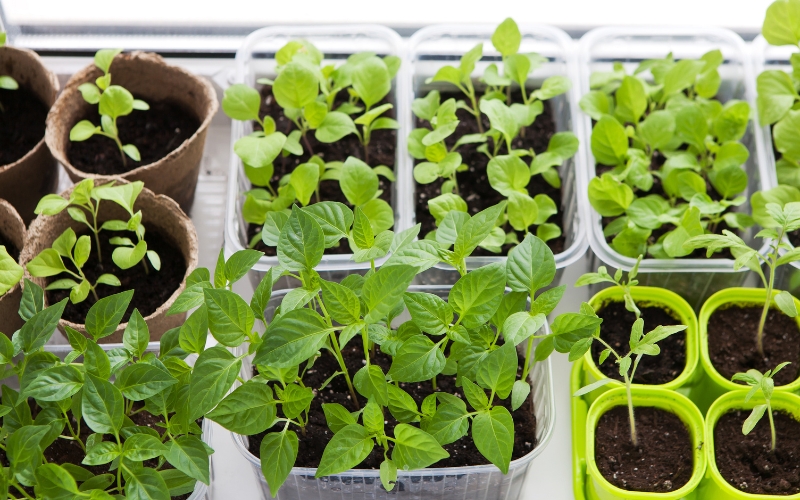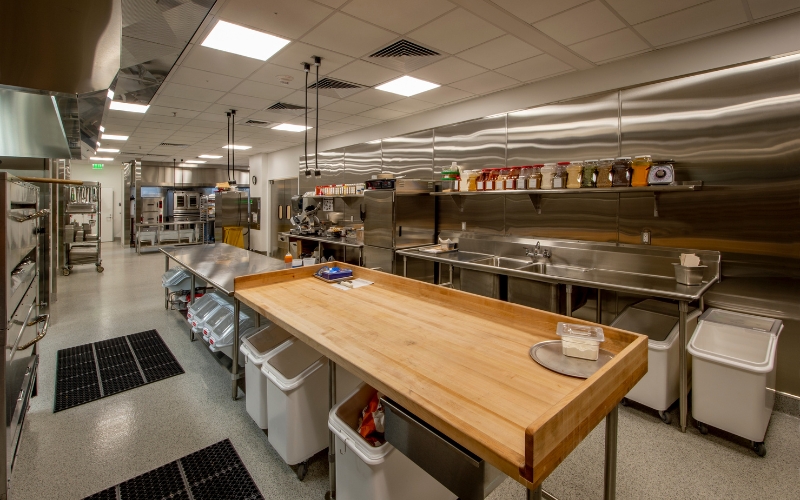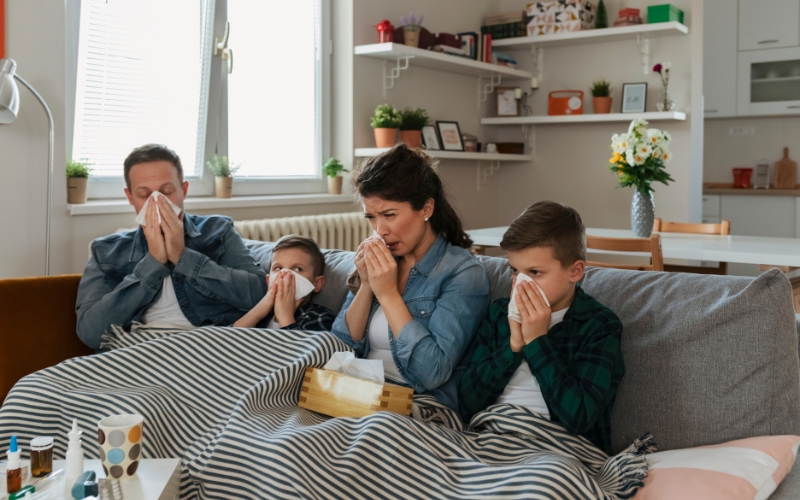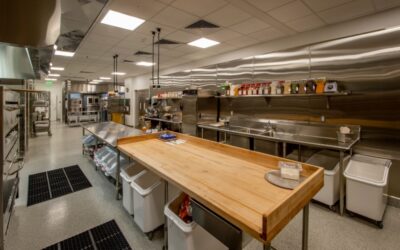Cultivating premium herbs such as basil, mint, cilantro, and delicate microgreens is as much an art as it is a science. Growers meticulously control every aspect of their environment, from precise lighting to nutrient balance, ensuring the quality, taste, and appearance that consumers expect. Yet, one crucial aspect often overlooked is the quality of the indoor air itself.
The Hidden Impact of Airborne Contaminants
High-quality herbs command premium prices for their freshness, flavor, and visual appeal. However, even minimal exposure to airborne contaminants like mold spores, bacteria, or volatile organic compounds (VOCs) can significantly compromise these critical qualities.
For example, basil is especially susceptible to fungal diseases such as downy mildew. Even minor mold contamination can spread rapidly through tightly controlled environments, jeopardizing entire harvests. Similarly, mint and microgreens, prized for their delicate flavor profiles and aesthetics, can quickly lose their premium marketability due to contamination that alters taste, texture, and appearance.
Air Quality and Herb Consistency
Consistency is paramount for growers who supply restaurants, grocery stores, and specialty markets. Any fluctuation in herb quality can harm reputations and client relationships, potentially costing growers contracts and future business.
Maintaining consistent indoor air quality mitigates these risks. By continuously managing and reducing microbial presence in the air, growers can produce herbs with reliably consistent quality, aroma, and shelf life. These are all critical factors for market competitiveness. The US Department of Agriculture emphasizes that consistent growing conditions are key to maintaining product quality.
How Continuous Microbial Reduction Supports Premium Herb Production
Traditional air filtration methods like HEPA filters or periodic chemical treatments only provide limited protection. These methods can often be inadequate for sensitive drops or may introduce unwanted chemical residues.
Synexis’ patented Dry Hydrogen Peroxide (DHP®) technology offers a continuous, chemical-free solution, significantly reducing airborne pathogens, mold sports, and VOCs. Unlike the conventional methods, Synexis works proactively and continuously. That means it’s working 24/7/365 in all spaces, including those that are occupied, to protect herb cultivation environments.
Limiting the number of mold outbreaks means greater consistency in crop quality and higher customer satisfaction due to the sustained purity and flavor of their herbs. A proactive approach to air quality management can also reduce the need for reactive treatments, which lowers operational costs.
Additional Benefits of Improved Air Quality
Better air quality doesn’t just protect crops, it also benefits the employees working in indoor agriculture facilities. Improved indoor air quality helps protect staff from respiratory ailments and allergic reactions caused by mold and VOCs, enhancing workplace safety and productivity. According to the Occupational Safety and Health Administration (OSHA), maintaining good indoor air quality is crucial for overall workplace health.
Moreover, using chemical-free solutions like DHP aligns well with the sustainable and organic practices increasingly demanded by consumers, giving herb producers a valuable marketing advantage.
Premium Air, Premium Herbs
To be sure herbs meet the premium standards required by discerning chefs and consumers, growers must prioritize the quality of their indoor air. Continuous air purification solutions like Synexis’ DHP technology empower growers to consistently deliver superior-quality herbs, safeguarding their reputation and enhancing profits. Exceptional air quality isn’t a luxury; it’s a necessity.
To speak with an IAQ expert from Synexis, fill out this form and we’ll be in touch as soon as possible.
And to learn more about Synexis, click here.








